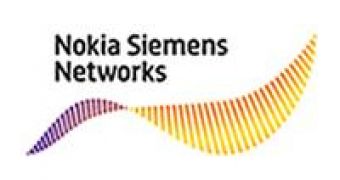Nokia Siemens Networks has just announced that it successfully demonstrated the Time Division Duplex version of LTE (TD-LTE), while using broadband wireless access (BWA) spectrum in India. This seems to be the first company to get this achievement.
According to the official announcement, the first video call was made by Gurdeep Singh, chief operating officer of Aircel. The call was made with the 4G mobile technology running on commercial hardware at the Nokia Siemens Networks’ Bengaluru R&D facility.
The test is an important step in moving 2.3 GHz TD-LTE closer to commercial availability. Other achievements during the test were Nokia Siemens Networks' high-definition video streaming and three-way video conferencing.
The company used interoperable TD-LTE dongles from Samsung for a throughput speed of 110 megabits per second and low latency in the range of 10-20 milliseconds.
“Today’s demo reiterates our leadership and commitment to getting TD-LTE into new market. It also demonstrates our regional and global progress in this area,” said Juha Lappalainen, head of mobile broadband sales at Nokia Siemens Networks.
“Our TD-LTE trials across the globe prove our capability in driving rapid commercial TD-LTE network deployments aimed at facilitating a new wave of advanced mobile broadband services,” added Lappalainen.
Finally, the end-to-end demonstration was based on Nokia Siemens Networks’ LTE equipment and software. These include the company’s highly-acclaimed Flexi Multiradio Base Station and Evolved Packet Core and standard-compliant software.
Earlier this year, Nokia Siemens Networks successfully demonstrated TD-LTE trials during Shanghai World Expo, and TD-LTE data calls at the company’s R&D center in Hangzhou (China) and at Taiwan’s National Chiao Tung University.
TD-LTE technology is especially designed for an enhanced delivery of broadband to laptops and smartphone services, thanks to increased data rates, reduced latency and its scalable all-IP flat network architecture.
This kind of technology will be able to provide high-speed mobile broadband connectivity, as well as superior performance from mobile applications across a wide range of devices.

 14 DAY TRIAL //
14 DAY TRIAL //